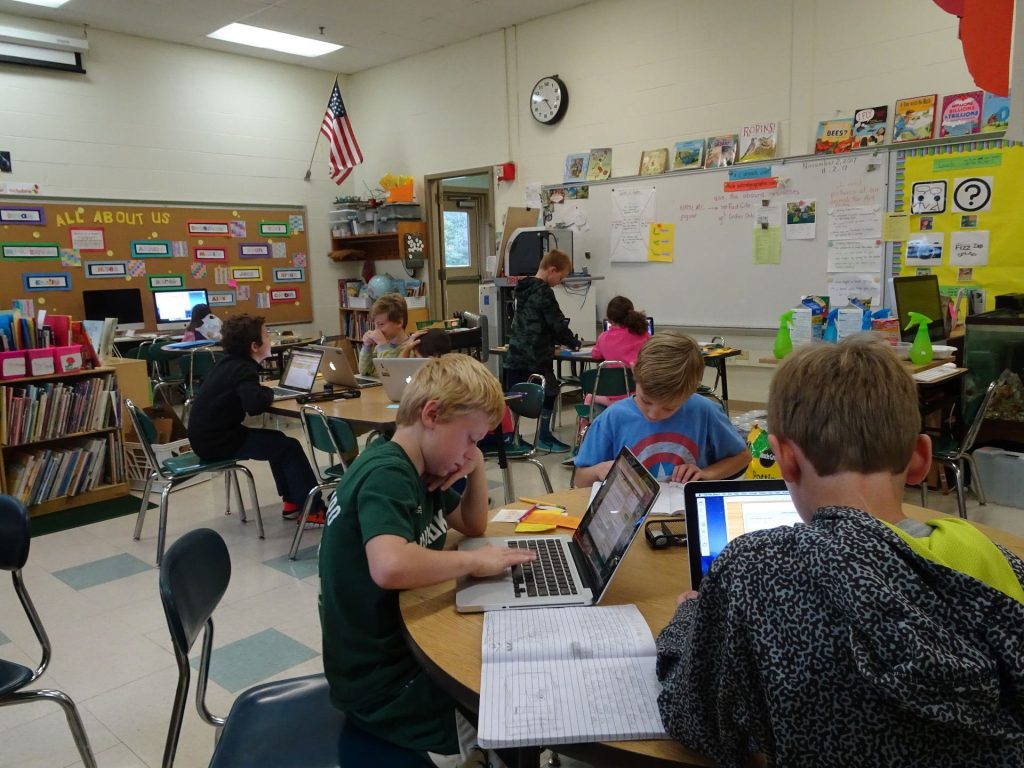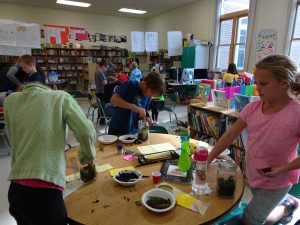 Just as we are getting into a groove, our week ends. The kids moan each time I say, “I’m sorry but it’s time for…” “What, we just got started.” It’s true. Still, I hope your child has lots to say about his or her research, writing, reading and the science and math we are exploring. This week most of our work has been project based. You’ll notice there are few work samples sent home. Thank you, though, for the time you take each week to review that work with your child. Also thank you for helping make time for homework. We’ve got another math fact check coming up in a couple weeks so playing games to give the children repeated practice and help them feel more at ease is much appreciated.
Just as we are getting into a groove, our week ends. The kids moan each time I say, “I’m sorry but it’s time for…” “What, we just got started.” It’s true. Still, I hope your child has lots to say about his or her research, writing, reading and the science and math we are exploring. This week most of our work has been project based. You’ll notice there are few work samples sent home. Thank you, though, for the time you take each week to review that work with your child. Also thank you for helping make time for homework. We’ve got another math fact check coming up in a couple weeks so playing games to give the children repeated practice and help them feel more at ease is much appreciated.
Geometry – Symmetry and Congruence
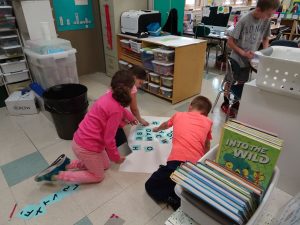 This week we took some time to name the shapes in our calendar’s pattern. We learned the term polygon and know it stands for all straight-sided, closed shapes. Next we learned the term quadrilateral. It a name for all 4-sided, closed shapes. We already knew about triangles, pentagons and hexagons, but our pattern does have some unusual shapes too.
This week we took some time to name the shapes in our calendar’s pattern. We learned the term polygon and know it stands for all straight-sided, closed shapes. Next we learned the term quadrilateral. It a name for all 4-sided, closed shapes. We already knew about triangles, pentagons and hexagons, but our pattern does have some unusual shapes too.
After looking at the shapes we found congruent pairs. We also looked for shapes that were symmetrical. We discovered, with Tavi’s help, that shapes that had congruent sides and angles, also had the greatest number of lines of symmetry. No matter how or where you divided those shapes in half the reflection was also the same.
Habitats – Creating and Identifying
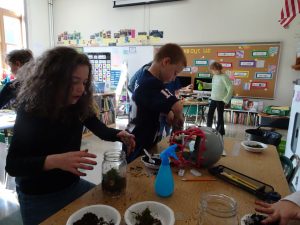 This week we continued to learn more about habitats. (Ask your child to share the chorus of our new song. It is catchy and fun to sing.) We know that habitats are the places where living things’ basic needs are met. We know those needs are: air, water, sunlight/heat, shelter and companionship and/or safe care. This week we expanded our understanding even further as we began to explore and define the differences between macro- and micro-habitats. Forests are an example of a macro-habitat. A hole in a tree is an example of one micro-habitat found within a forest. Each of the children knows what their animal’s habitat is. Next we’ll be identifying a food web that each animal is a part of.
This week we continued to learn more about habitats. (Ask your child to share the chorus of our new song. It is catchy and fun to sing.) We know that habitats are the places where living things’ basic needs are met. We know those needs are: air, water, sunlight/heat, shelter and companionship and/or safe care. This week we expanded our understanding even further as we began to explore and define the differences between macro- and micro-habitats. Forests are an example of a macro-habitat. A hole in a tree is an example of one micro-habitat found within a forest. Each of the children knows what their animal’s habitat is. Next we’ll be identifying a food web that each animal is a part of.
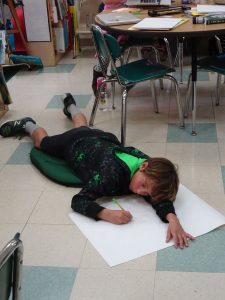 To bring these concepts to life, each of the children created their own temperate woodlands habitat (a.k.a. a terrarium). The children took them home to observe. We created a slightly larger habitat to observe in the classroom. Please encourage your child to place them in a sunny area – (direct sun for a long portion of the day may be too hot for the plants)– and observe the changes. It should only be opened if it becomes excessively damp and/or mold begins to grow. The sealed jar is its own ecosystem and is a habitat that provides everything the plants need to survive. Help your child notice, if he or she hasn’t already, how clouds and condensation forms. Over time, help them notice how the number of leaves on the partridge berries change or when the mosses’ spores show up. They should last indefinitely, but sometimes its nice to begin again when the forests grows so much it seems more like a murky jungle.
To bring these concepts to life, each of the children created their own temperate woodlands habitat (a.k.a. a terrarium). The children took them home to observe. We created a slightly larger habitat to observe in the classroom. Please encourage your child to place them in a sunny area – (direct sun for a long portion of the day may be too hot for the plants)– and observe the changes. It should only be opened if it becomes excessively damp and/or mold begins to grow. The sealed jar is its own ecosystem and is a habitat that provides everything the plants need to survive. Help your child notice, if he or she hasn’t already, how clouds and condensation forms. Over time, help them notice how the number of leaves on the partridge berries change or when the mosses’ spores show up. They should last indefinitely, but sometimes its nice to begin again when the forests grows so much it seems more like a murky jungle.
Thank you so much to Amy Hyett for joining our expedition and helping us assemble our habitats. It was great to extra eyes and hands for this project.
Bits and Pieces –
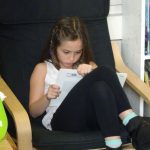 Our school pictures will be taken November 8.
Our school pictures will be taken November 8.- We are going on a field trip to the New Hampshire Farm Museum on November 16th. Permission slips were sent home on Wednesday. Please return them, along with the $6.00 fee as soon as possible. This is related to our exploration of National Holidays – we’ll be learning about the origins of local Thanksgiving traditions. Did you know that Thanksgiving became a national holiday due to the tireless petitioning of a New Hampshire woman, Sarah Josepha Hale. (She also wrote Mary Had a Little Lamb.) She was a woman ahead of her time.
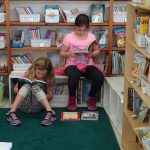 We are collecting food this week to create Thanksgiving meal baskets for Veterans in need. The school is involved with this collection. 3rd grade students are providing Instant Mashed Potatoes. Our collection will be presented to the Veterans present at our Veterans’ Day Assembly. This will be held on Thursday, November 9th. Thank you to those who have already sent donations in. What a worthy cause and wonderful way for the children to know they can make a real difference.
We are collecting food this week to create Thanksgiving meal baskets for Veterans in need. The school is involved with this collection. 3rd grade students are providing Instant Mashed Potatoes. Our collection will be presented to the Veterans present at our Veterans’ Day Assembly. This will be held on Thursday, November 9th. Thank you to those who have already sent donations in. What a worthy cause and wonderful way for the children to know they can make a real difference.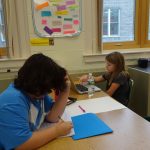 Our classroom zoo will be held on Tuesday, November 28. It will be open in the afternoon from 2:15 to 2:45 and again in the evening from 5:30 to 6:30. It would be wonderful if all the children could be at the evening zoo. Part of the learning process is to be able to act as a zookeeper and explain all about the animal they are presenting to an audience. That said, I know it is nearly impossible to select a time that works for every family. So thank you, for doing what works best for your family.
Our classroom zoo will be held on Tuesday, November 28. It will be open in the afternoon from 2:15 to 2:45 and again in the evening from 5:30 to 6:30. It would be wonderful if all the children could be at the evening zoo. Part of the learning process is to be able to act as a zookeeper and explain all about the animal they are presenting to an audience. That said, I know it is nearly impossible to select a time that works for every family. So thank you, for doing what works best for your family.
